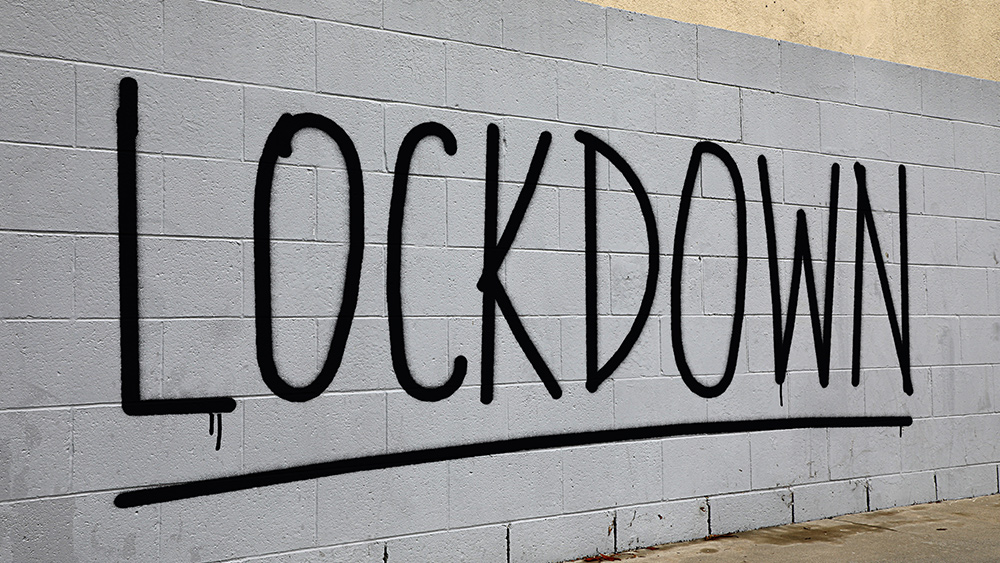
Advertisement
Let’s face it: These are very trying times. We’re all a little stressed out by the prospect of countless deaths and a serious economic downturn thanks to coronavirus, but some people seem to be handling the rising anxiety better than others. Just how much worse will the violence and anger we’re already seeing grow as the outbreak ramps up?
Whether it’s shouting matches on sidewalks or fights in stores over toilet paper, tempers are flaring everywhere you look. Shoppers hoarding food and other essentials are being verbally harassed and, in some cases, physically assaulted in stores, and it’s scary to think this may only be the beginning.
On Monday, President Trump asked Americans to stop most of their social activities for the next 15 days and avoid groups of more than 10 people to help stop the highly contagious disease from spreading. Although the measures being taken in the U.S. are only a fraction of what is being seen in other countries, not everyone is cooperating.
In many cities, people continue to gather in bars and socialize as if nothing is going on, sparking outrage and potentially putting vulnerable populations like the elderly and immuno-compromised at risk. This is leading to heated confrontations and fights at some establishments. In some urban areas, individuals have taken to yelling out the windows of their apartment buildings at people walking on the streets below, admonishing them to go home and stop spreading the disease.
In addition, many people are expressing anger at people from specific high-risk groups who aren’t following self-isolation advice, such as travelers returning to the U.S. from other countries.
Food and supply shortages are even leading to violence in some places. A San Francisco Safeway grocery store was recently the scene of a small but violent fight that saw people throwing bottles of wine across the store. Although no injuries were reported, it’s easy to see where this might be headed.
Last Friday, New York Governor Andrew Cuomo said that anxiety about coronavirus had prompted some people to steal medical face masks from hospitals, and health officials in cities like Boston were also reporting thefts of essential protective gear like respiratory masks.
There have also been hate crimes connected to the outbreak directed at Asian people, with an Asian New York City subway passenger being sprayed with Febreze and verbally abused over coronavirus. In London, a 23-year-old student from Singapore was attacked on Oxford Street and punched in the face; the guy who attacked him reportedly told him, “I don’t want your coronavirus in my country.”
In Italy, the coronavirus lockdown triggered violent protests inside prisons, with inmates looting methadone and setting prisons on fire.
Where do we go from here?
All of these incidents are alarming on their own, but what’s really frightening is the idea that this is just the tip of the iceberg. While European countries like Italy and Spain are currently considered the epicenter of the disease, the U.S. will be in the thick of it in short order – and what will happen next?
What will happen when people who live paycheck to paycheck stop seeing those funds rolling in and need to feed their families?
What will happen when people head to the grocery store only to be greeted with empty shelves? How will they react to power outages?
As the job losses pile up, how will people make ends meet? What happens if financial institutions collapse? What kinds of things are hungry, desperate people capable of?
These are all questions that none of us really want to know the answer to, but thanks to the coronavirus pandemic, we may be about to find out.
Sources for this article include:
Advertisement
Advertisements
















